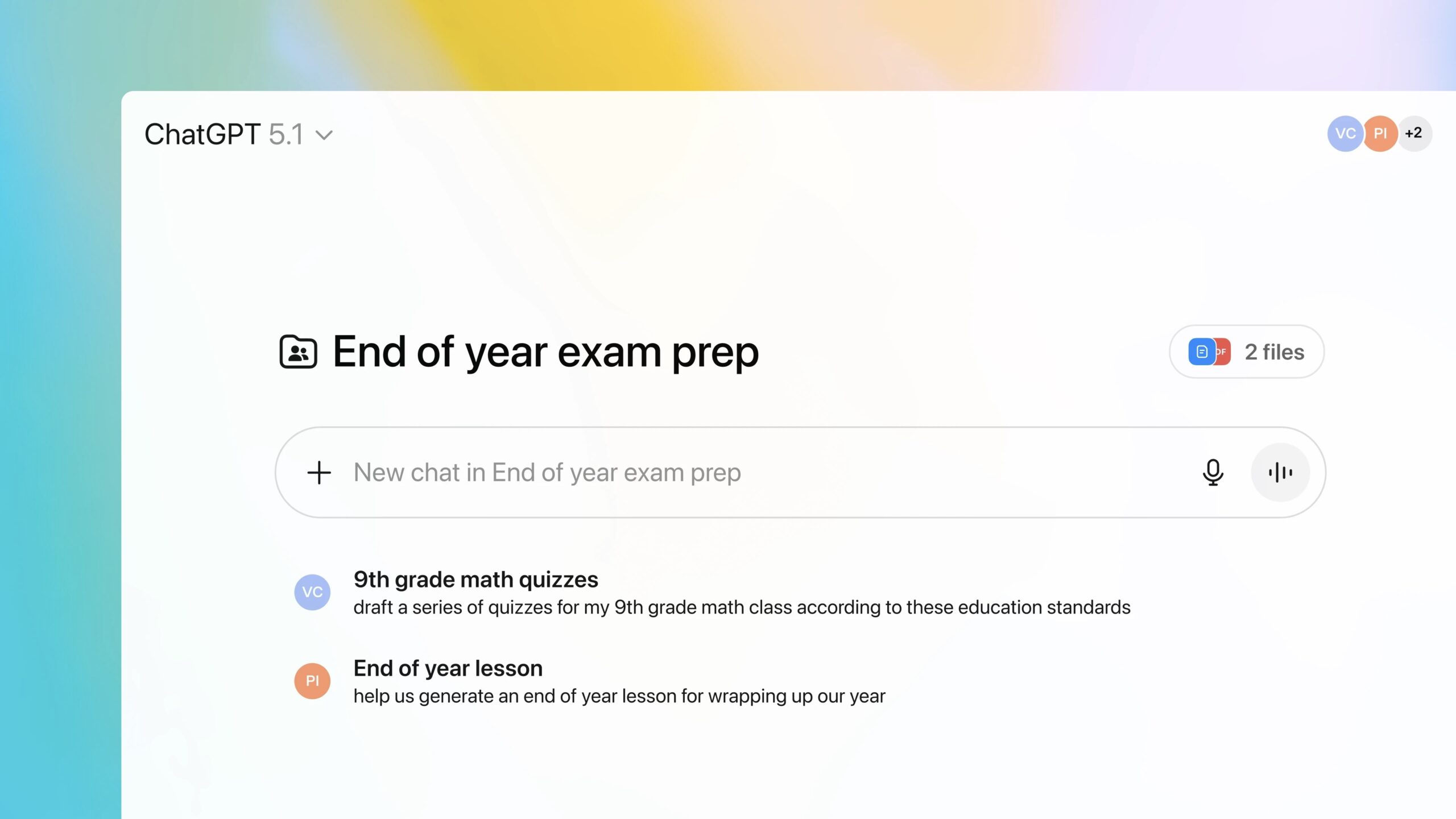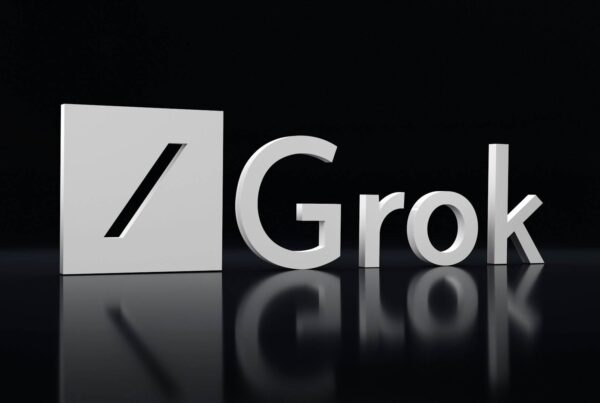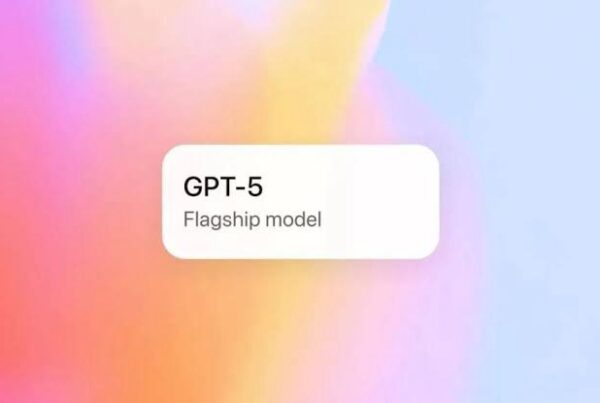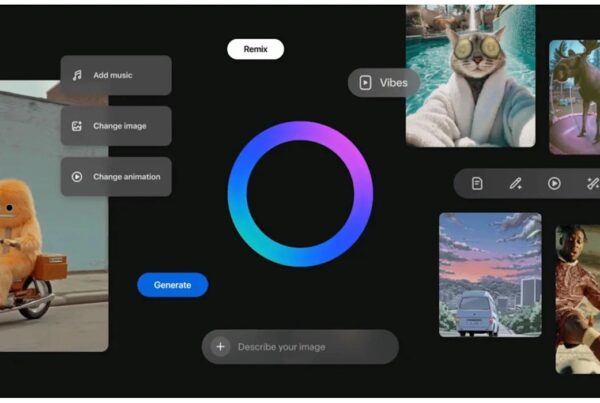ChatGPT for Teachers is reshaping how educators in the United States prepare lessons, manage student data, and collaborate across school districts. The platform, unveiled through a recent announcement on X, promises a secure workspace designed specifically for the needs of K–12 classroom environments. Its launch signals a shift toward AI systems that meet rigorous education standards, ensuring privacy and safety for both students and teachers.
At the heart of this initiative is a commitment to deliver AI functionality that aligns with federal and district-level regulations. The company presents the tool not as a general consumer product, but as a dedicated education-grade system that respects sensitive academic workflows. This approach reflects increasing expectations among schools for trustworthy and compliant AI integration.
Purpose-Built AI for K–12 Educators
The introduction of ChatGPT for Teachers gives schools a platform that speaks directly to their operational realities. Many educators struggle with time-consuming tasks such as lesson planning, rubric design, assignment review, and curriculum documentation. With the new system, these processes can be streamlined in a protected and administratively controlled workspace.
Beyond convenience, the platform aims to empower teachers to create more personalized learning experiences. It also encourages schools to adopt AI as a companion tool, not a replacement, helping educators reduce manual workload while maintaining control over academic standards.
Teacher Access and Verification
Access to ChatGPT for Teachers is available exclusively for verified educators in the United States. This limitation ensures the platform is used for legitimate academic purposes and prevents misuse by non-educational entities. Teachers who complete the verification process can join without paying any subscription fees until June 2027.
This verification requirement also establishes trust for school administrators. By confirming that all users are certified educators, institutions maintain oversight of who can access student-related materials and integrated workflows.
Privacy Controls and Data Protection
The announcement emphasizes strong privacy commitments and adherence to US education data rules, such as the Family Educational Rights and Privacy Act (FERPA). These safeguards set the tool apart from open consumer versions of ChatGPT.
Administrators gain centralized control over permissions, data storage settings, and access management. They can regulate integrations, maintain audit trails, and ensure all processed student information remains within the district’s compliance framework. This reduces the risk of data exposure, a concern that has increased as AI becomes more embedded in school operations.
Secure Handling of Student Materials
A key part of the platform’s value lies in its ability to process lesson materials, student assignments, scoring rubrics, curriculum drafts, and classroom documentation. Although teachers may rely on AI to review or summarize student data, ChatGPT for Teachers ensures this information remains protected under the school’s administrative policies.
Educators can upload documents directly into a secure environment, allowing them to generate learning plans, adapt reading materials, or create differentiated tasks for various student needs. In addition, the system offers consistency for teachers working across different campuses within the same district.
Administrative Oversight Within School Systems
The launch particularly highlights how school and district administrators can manage the platform. This oversight mirrors enterprise-level control panels but is customized for academic operations. It provides schools with the authority to supervise usage, grant or revoke access, and safeguard institutional workflows.
These administrative capabilities ensure every user operates within the school’s ethical and legal boundaries. In large districts with hundreds of teachers, such centralized administration becomes essential for maintaining uniform data protocols.
District-Level Management Features
District administrators can configure usage policies, manage integration with existing school systems, and review how staff collaborate within the platform. This creates a shared digital environment where multiple teachers can co-develop lesson plans or coordinate across grade levels without exposing sensitive data.
Schools often face challenges aligning curriculum between classrooms. With ChatGPT for Teachers, shared workspaces allow educators to produce unified standards faster and with greater clarity. This also fosters a sense of continuity for students who transition between levels or teachers within the same academic year.
Collaboration Inside a Shared Workspace
One of the most highlighted features in the announcement is the collaborative workspace. Teachers and administrators can co-edit, co-review, and co-manage instructional documents. This reduces duplication of work and dramatically improves the consistency of teaching materials.
The platform supports simultaneous collaboration similar to office productivity suites, enabling clusters of teachers to refine content together. For example, English teachers across multiple campuses may design shared writing assessments, or grade-level teams can create joint project guidelines.
Enhancing Instructional Efficiency
In addition to collaboration, teachers gain access to automated workflows that speed up repetitive tasks. These include drafting learning objectives, creating quizzes, generating reading-level-adjusted texts, and building class activity templates. Although traditional AI tools can perform similar actions, ChatGPT for Teachers distinguishes itself by operating in a restricted environment suited for educational compliance.
Educators say these automated features help them spend more time focusing on student learning and less time on administrative burdens. The platform offers an opportunity for teachers to experiment with fresh instructional techniques while maintaining a strong privacy foundation.
Implications for Future Education Technology
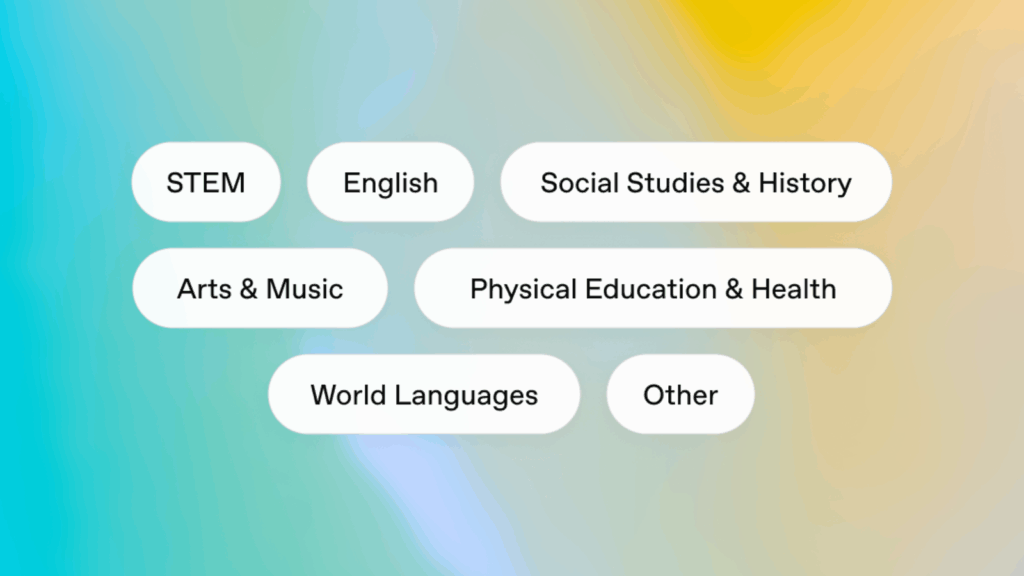
The introduction of ChatGPT for Teachers arrives at a moment when schools are at a crossroads. Many institutions wish to adopt AI but are cautious about exposing students to data risks. By crafting a dedicated workspace with strict privacy protection, the platform addresses the core concerns that have slowed AI adoption in schools.
This launch also sends a message to the broader education technology sector: the future of AI in schools must be safe, compliant, and administratively governed. Companies that fail to meet these requirements will struggle to gain the trust of US academic institutions.
A Growing Demand for Compliant AI Solutions
Schools increasingly want AI tools that reduce workload while upholding high ethical standards. As student data regulations tighten, platforms must demonstrate transparency and reliability. ChatGPT for Teachers sets a benchmark for such compliance-driven innovation.
Other technology providers may follow suit by developing dedicated education versions of their AI products. The industry is likely to see a wave of specialized tools that prioritize privacy above all else, especially in K–12 environments.
External Context and Industry Trends
Recent studies and education reports indicate that teachers spend significant time on administrative duties each week. AI-driven workflows can reduce this load while preserving academic integrity. Trusted industry analyses from organizations such as the US Department of Education and EdTech research groups highlight a growing appetite for digital collaboration systems. These trends align with what the new platform seeks to address.
Integrating with the Broader School Ecosystem
ChatGPT for Teachers is expected to integrate more deeply with school information systems over time. Educators anticipate future features like automated curriculum mapping, student progress dashboards, and more efficient cross-campus coordination.
Internal references to related digital transformation stories on Olam News encourage readers to explore how institutions worldwide adopt AI and cloud technologies to modernize operations.
In closing, ChatGPT for Teachers represents a new chapter in the responsible adoption of AI in schools. Its security-first design offers educators a practical and trustworthy tool for planning lessons, managing student materials, and collaborating across classrooms and districts. As US school systems continue to explore new technologies, the platform stands as an example of how AI can support learning while staying compliant with strict privacy standards. Readers interested in broader discussions about AI adoption can continue exploring related coverage on Olam News for deeper insights into the future of education technology.

